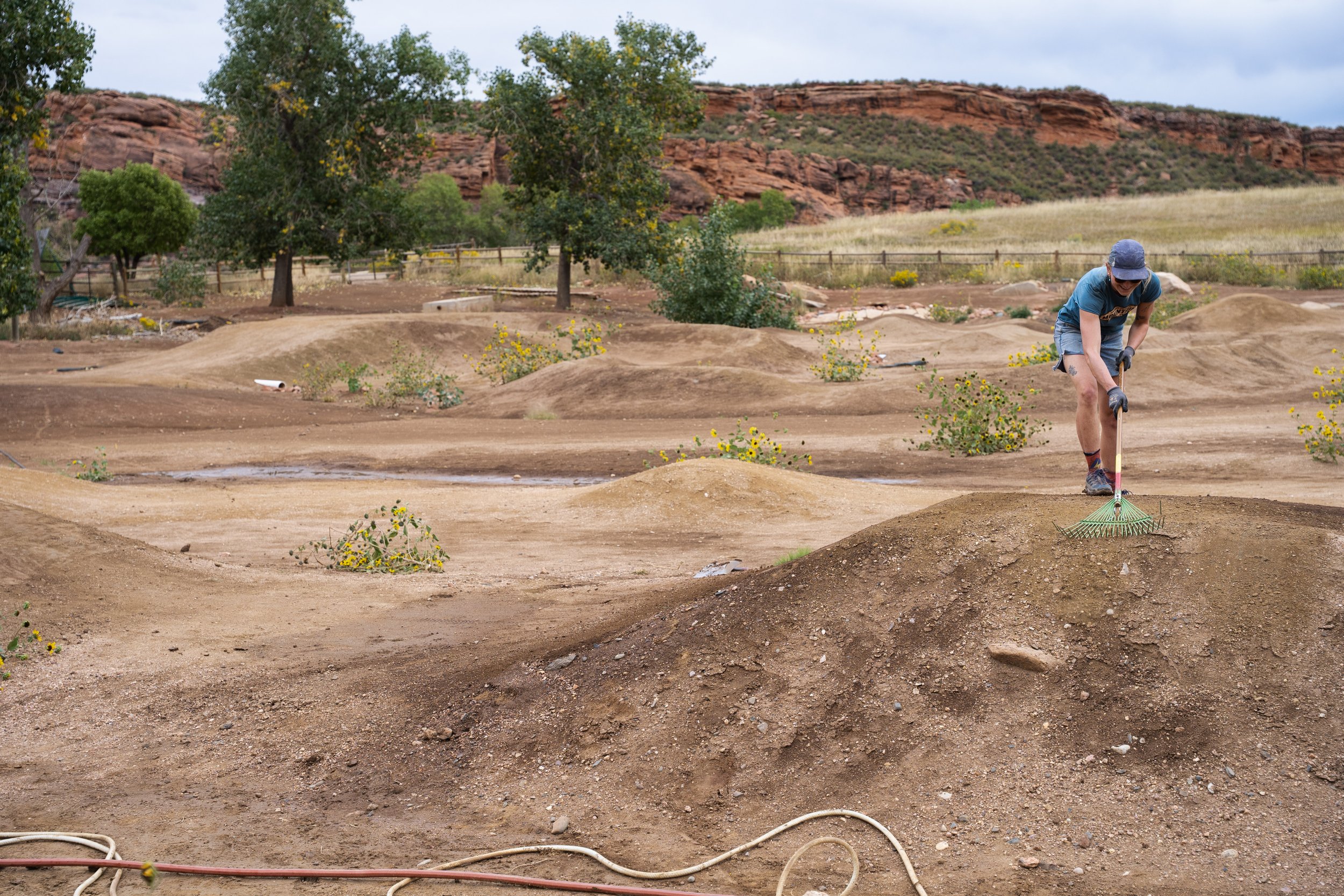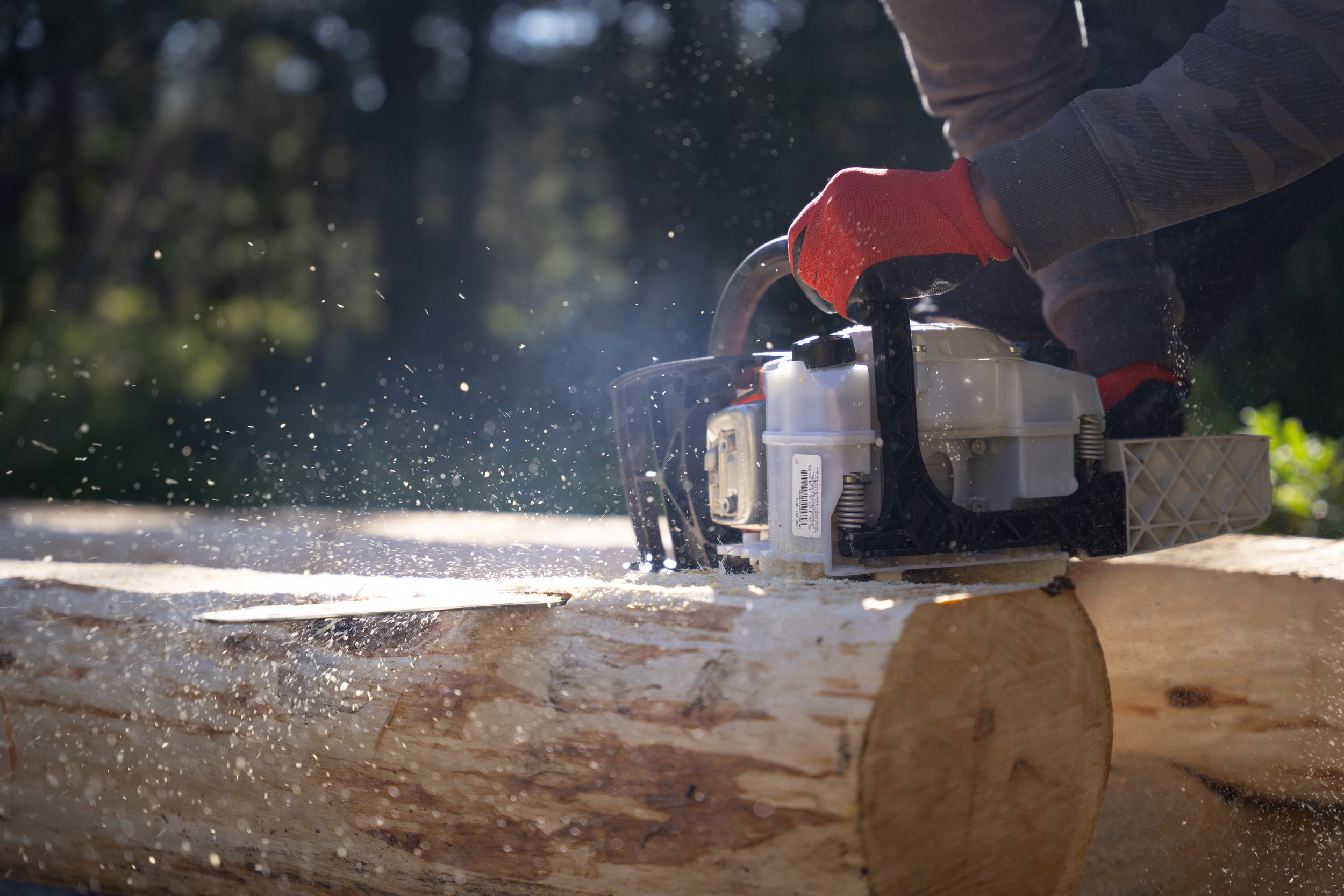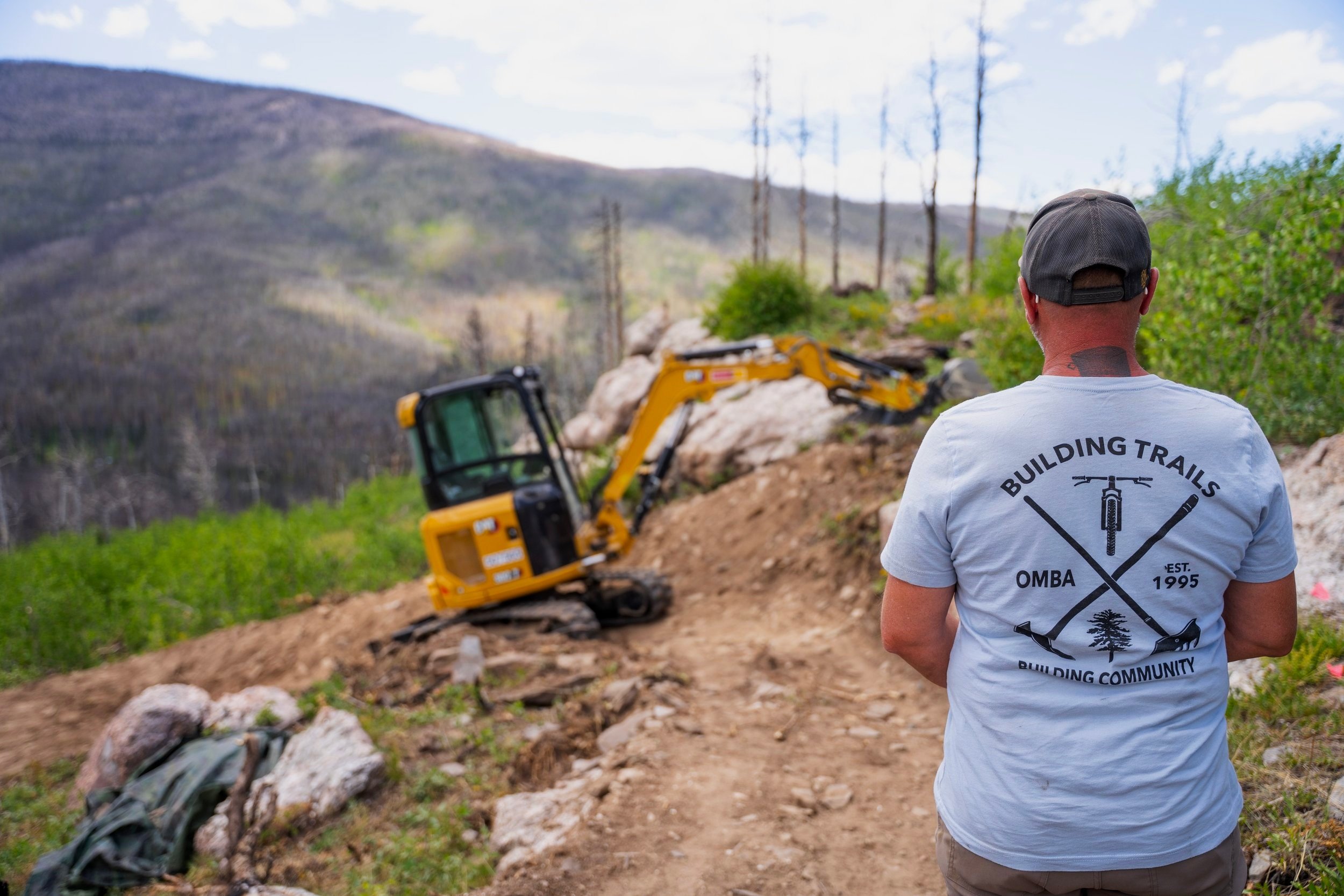
Trail Building & Maintenance
Trail Building 101: How Trails Are Built
Trail building is both an art and a science. Thoughtfully designed trails minimize environmental impact, enhance user experience, and ensure long-term sustainability. Whether you're a hiker, mountain biker, or nature enthusiast, understanding how trails are built can deepen your appreciation for the effort that goes into creating and maintaining them.
Our Trail Stewardship Crew and volunteers will be hard at work developing and maintaining the trails you love.
Planning & Design
Before the first shovel hits the ground, agencies and organizations go through an extensive planning process. This includes:
Assessing the Land: Evaluating terrain, soil composition, water flow, and potential environmental impacts.
User Considerations: Determining if the trail will be for hikers, bikers, equestrian, moto, or any multiple of multi-use.
Sustainable Design: Using techniques like contouring to minimize erosion and maximize longevity.
Clearing & Shaping the Trail
Once the design is finalized, work begins:
Brushing: Removing small trees, shrubs, and debris while preserving the natural landscape as much as possible.
Tread Construction: Shaping the actual trail surface to ensure proper drainage and stability.
Switchbacks & Grade Reversals: Techniques used to control erosion on steep terrain.
Our 2025 Trail Crew is focusing on this aspect of trail building at Hewlett Glutch, Roaring Creek, and other locations throughout the 2025 build season. Follow along here for weekly updates on the trail crew.
Drainage & Erosion Control
Water is the biggest threat to trail sustainability. Builders use:
Outsloping: Angling the trail to direct water off the surface.
Drain Dips & Grade Breaks: Strategic dips to slow and disperse water.
Armoring & Reinforcement: Using rocks and logs to stabilize vulnerable sections.
Final Touches & Maintenance
A well-built trail requires ongoing care:
Compacting & Finishing: Ensuring a smooth, stable surface.
Signage & Wayfinding: Placing markers and information for safe navigation.
Regular Maintenance: Repairing damage, maintaining drainage structures, and reinforcing weak points.
Get Involved!
Trail building relies heavily on volunteers and community support. Organizations like Overland Mountain Bike Association (OMBA) host trail dig days where you can help maintain and improve local trails. No experience needed—just a willingness to get your hands dirty and give back to the trails you love.
Interested in volunteering? Check out OMBA’s volunteer page and join a dig day near you!



